In today’s fast-paced world, where innovation is constant and technologies evolve rapidly, the need for durable and reliable materials has become more apparent than ever. Galvanized iron, a popular material known for its strength and longevity, has emerged as a top choice for a variety of industrial and construction applications.
If you’re looking to understand the ins and outs of galvanized iron and make an informed decision about purchasing it, this comprehensive guide will take you from zero to one hundred.
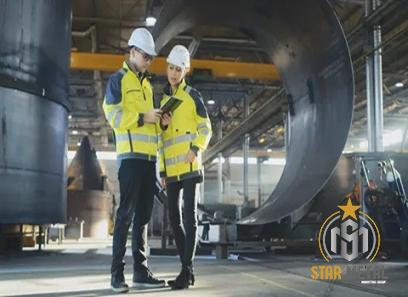
.
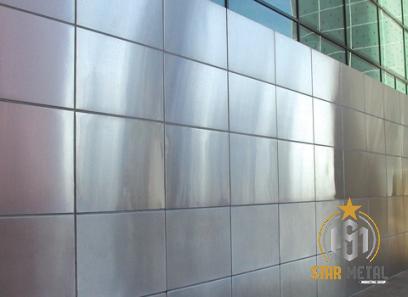 When it comes to purchasing galvanized iron, there are a few key factors to consider to ensure you get the right material for your needs.
When it comes to purchasing galvanized iron, there are a few key factors to consider to ensure you get the right material for your needs.
The first step is to determine the size, shape, and thickness of the galvanized iron required for your project.
Whether you need sheets for roofing, pipes for plumbing, or wire for fencing, choosing the right dimensions is essential to achieving a successful outcome.
Consider consulting with a professional or referring to project specifications to determine the appropriate size and shape for your needs.
In addition to size and shape, it’s important to consider the grade and quality of the galvanized iron you’re purchasing.
Galvanized iron is available in different grades, each with its own specific properties and characteristics.
Higher-grade galvanized iron typically offers enhanced corrosion resistance, durability, and strength, making it suitable for more demanding applications.
Be sure to verify the grade and quality of the galvanized iron you’re purchasing to ensure it meets your project requirements.
..
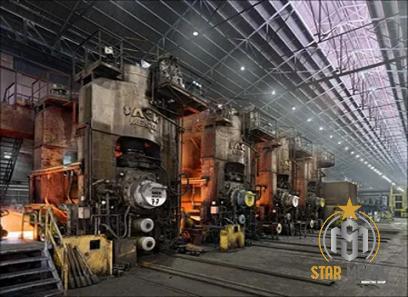 In addition to proper storage, cutting and shaping galvanized iron requires a few precautions to avoid potential health risks.
In addition to proper storage, cutting and shaping galvanized iron requires a few precautions to avoid potential health risks.
When working with galvanized iron, it is important to take safety measures such as wearing gloves, eye protection, and a mask to reduce exposure to zinc fumes or particles.
Using appropriate tools and techniques for cutting, drilling, or welding galvanized iron can help minimize the release of harmful substances and ensure a safe working environment.
Another important consideration when working with galvanized iron is the potential for galvanic corrosion when it comes into contact with other metals.
Galvanic corrosion occurs when two different metals are in contact in the presence of an electrolyte, such as water or humidity, leading to accelerated corrosion of the less noble metal.
To prevent galvanic corrosion with galvanized iron, it is important to use compatible materials and insulation techniques to minimize direct contact between dissimilar metals.
…
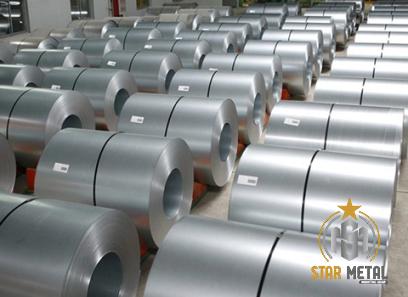 In conclusion, galvanized iron is a versatile and reliable material with a wide range of practical, aesthetic, and environmental benefits.
In conclusion, galvanized iron is a versatile and reliable material with a wide range of practical, aesthetic, and environmental benefits.
Whether you’re a novice looking to learn more about galvanized iron or an experienced professional seeking to expand your knowledge, understanding the characteristics and applications of this material can help you make informed decisions and achieve successful outcomes in your projects.
By considering factors such as handling and storage, safety precautions, corrosion prevention, and design possibilities, you can harness the full potential of galvanized iron and unlock a world of possibilities for your next endeavor.
Embrace the possibilities of galvanized iron and elevate your projects to new heights of durability, functionality, and style.
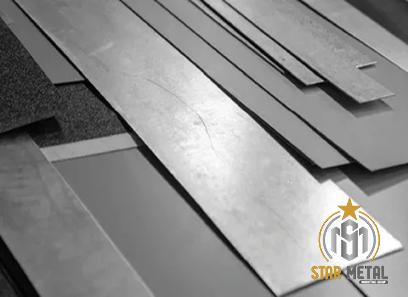
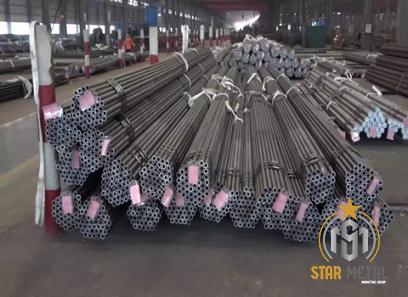
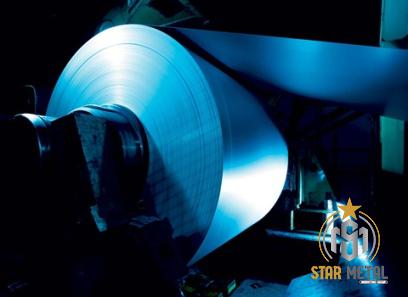
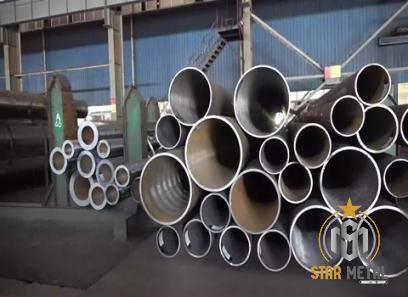
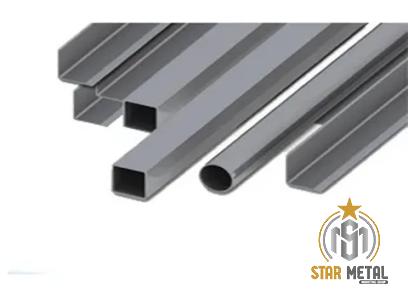

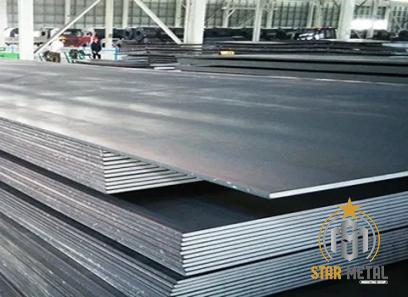

Your comment submitted.